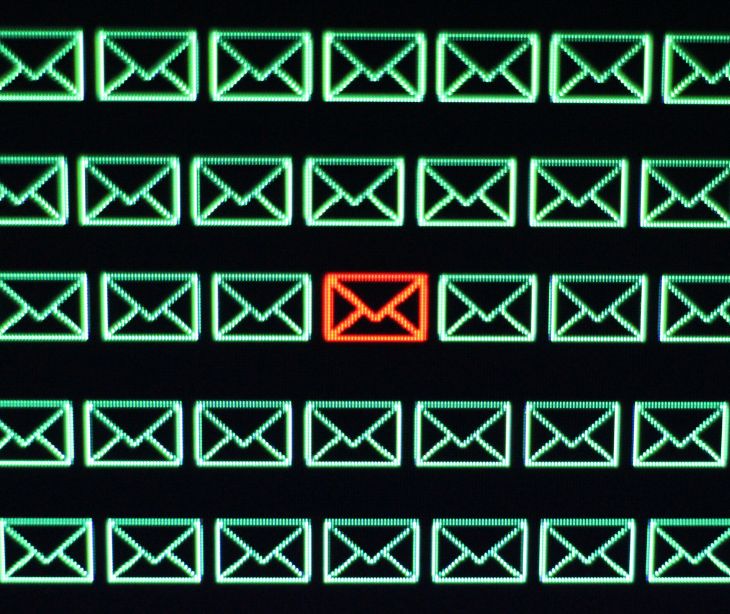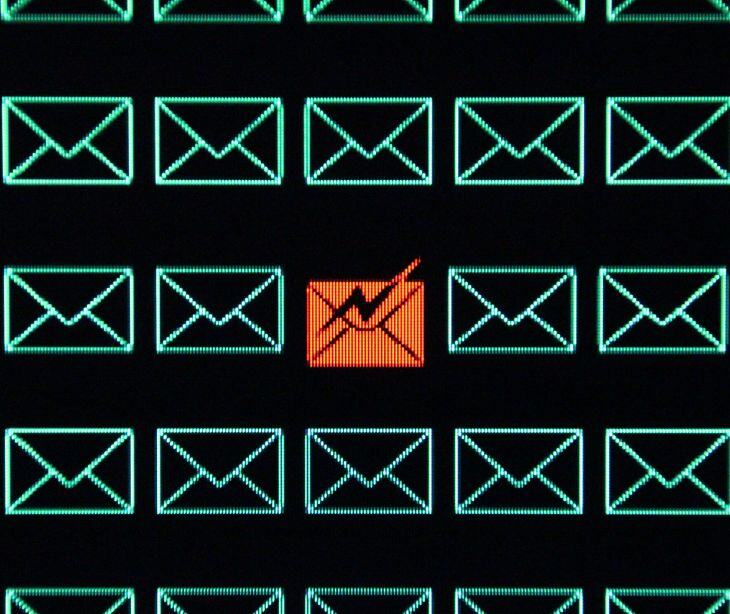
A malicious email attachment is a file sent via email with the intent to harm the recipient's computer or compromise their security in some way.
Every day, approximately 560,000 new malware threats are detected, and over one billion malicious programs exist in circulation. As a result, four companies fall prey to ransomware attacks every minute.
How do malicious email attachments work?
Malicious email attachments work by exploiting the recipient's computer system vulnerabilities or tricking the user into executing them willingly. Here's how they typically work:
- Exploiting vulnerabilities: Some attachments contain code or scripts that exploit vulnerabilities in software or operating systems. When the attachment is opened or executed, the malware takes advantage of these vulnerabilities to gain unauthorized access to the system, install itself, and carry out malicious activities. These vulnerabilities could be in the email client, the operating system, or other software installed.
- Social engineering: Malicious attachments often use social engineering tactics to trick users into opening them. They may masquerade as legitimate files or documents, such as invoices, resumes, shipping notifications, or urgent messages from trusted sources. The email may use convincing language, urgent requests, or threats to manipulate the recipient into opening the attachment without considering the potential risks.
- Payload delivery: Once the attachment is opened or executed, it delivers the payload, the malicious code or software designed to carry out specific actions. This payload could include viruses, worms, trojans, ransomware, spyware, or other types of malware. The payload may then perform various malicious activities, such as stealing sensitive information, encrypting files, disrupting system operations, or turning the system into a part of a botnet.
- Propagation: In some cases, once installed on a system, the malware may attempt to propagate itself further by sending out additional emails to the victim's contacts or exploiting vulnerabilities in the network to spread to other devices.
See also: HIPAA Compliant Email: The Definitive Guide
Common sources of malicious email attachments
Malicious email attachments can originate from various sources, including:
Phishing emails
Phishing emails are one of the most common sources of malicious attachments. These emails impersonate legitimate organizations or individuals and trick recipients into opening malicious attachments using social engineering tactics such as urgency, fear, or curiosity.
See also: How do email phishing attacks impact HIPAA compliance?
Spoofed email addresses
Attackers may spoof email addresses to make it appear as if the email is coming from a trusted source, such as a friend, coworker, or reputable organization. Recipients are more likely to open attachments from familiar or trusted senders, making spoofed emails an effective tactic for distributing malware.
Compromised accounts
Attackers may compromise email accounts belonging to legitimate users and use them to send malicious emails with attachments to the victim's contacts. This tactic can increase the chances of recipients opening the attachments since they appear to come from someone they know and trust.
Business email compromise (BEC)
BEC attacks involve compromising legitimate email accounts belonging to employees within an organization and using them to send convincing emails with malicious attachments to other employees, partners, or clients.
Malware distribution campaigns
Cybercriminals may launch coordinated malware distribution campaigns targeting individuals, organizations, or industries. These campaigns often send large volumes of malicious emails with attachments to potential victims.
Defending against malicious email attachments
Defending against malicious email attachments requires technical solutions, user education, and best practices. Here are some effective strategies to defend against them:
- Email filtering: Implement email filtering solutions that can detect and block malicious attachments before they reach users' inboxes. This includes using spam filters, antivirus software, and advanced threat protection (ATP) solutions that analyze email attachments for signs of malicious content.
- User education and awareness: Educate users about the risks associated with malicious email attachments and teach them how to recognize phishing attempts and suspicious emails. Encourage users to be cautious when opening email attachments, especially if they are unexpected, come from unknown senders, or contain urgent requests.
- Sender authentication: Implement email authentication protocols such as Sender Policy Framework (SPF), DomainKeys Identified Mail (DKIM), and Domain-based Message Authentication, Reporting, and Conformance (DMARC) to verify the authenticity of email senders and reduce the likelihood of spoofed or fraudulent emails.
- Attachment scanning: Use antivirus and antimalware software to scan email attachments for known malware signatures and suspicious behavior.
- File type restrictions: Restrict the types of file attachments users can send and receive via email. Consider blocking potentially dangerous file types such as executable files (.exe), script files (.js, .vbs), and compressed archives (.zip, .rar) that are commonly used to distribute malware.
- Security updates: Keep software, operating systems, and email clients updated with the latest security patches and updates.
- Sandboxing and content analysis: Employ sandboxing and content analysis techniques to analyze email attachments in a controlled environment and detect any malicious behavior or suspicious activities.
- Incident response plan: Develop and maintain an incident response plan that outlines the steps to take in the event of a successful email-based attack.
Learn more: Recognizing and blocking a malicious email
FAQ’s
What should I do if I receive a suspicious email with an attachment?
If you receive a suspicious email with an attachment, do not open the attachment or click on any links contained within the email. Instead, delete the email immediately and report it to your organization's IT security team or email provider.
How can I verify the legitimacy of an email attachment?
You can verify the legitimacy of an email attachment by checking the sender's email address to ensure it matches the sender's known email address. Additionally, you can contact the sender directly through a verified communication channel to confirm the authenticity of the email and attachment.
What should I do if I accidentally open a malicious email attachment?
If you accidentally open a malicious email attachment, disconnect your device from the network immediately to prevent the malware from spreading. Then, run a full system scan with antivirus software to detect and remove any malware infections. Finally, report the incident to your organization's IT security team for further investigation and remediation.
Subscribe to Paubox Weekly
Every Friday we'll bring you the most important news from Paubox. Our aim is to make you smarter, faster.




